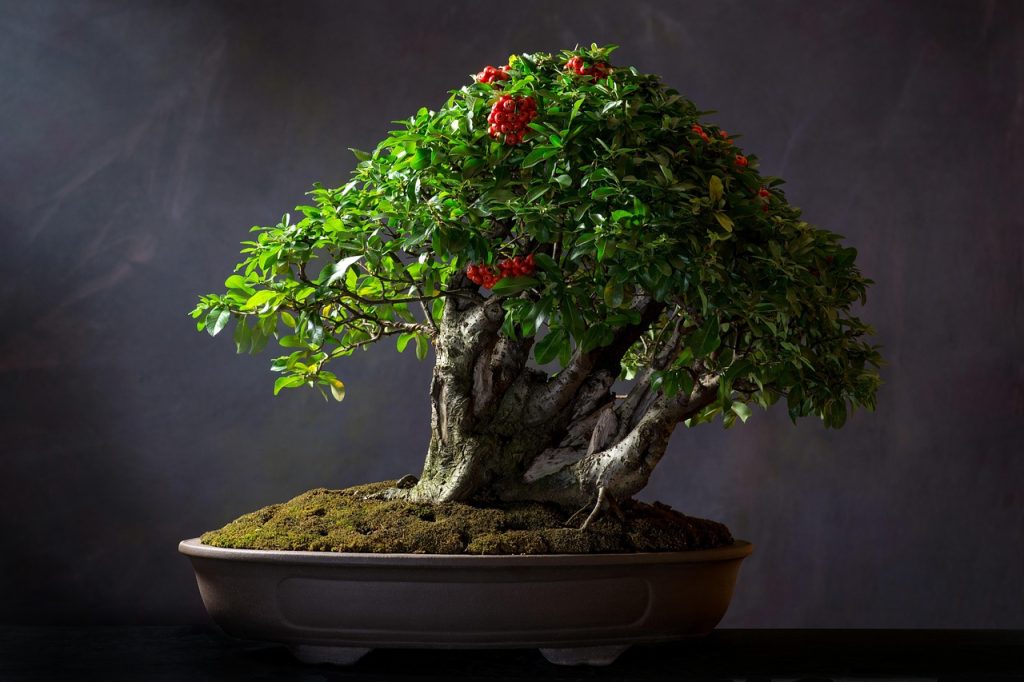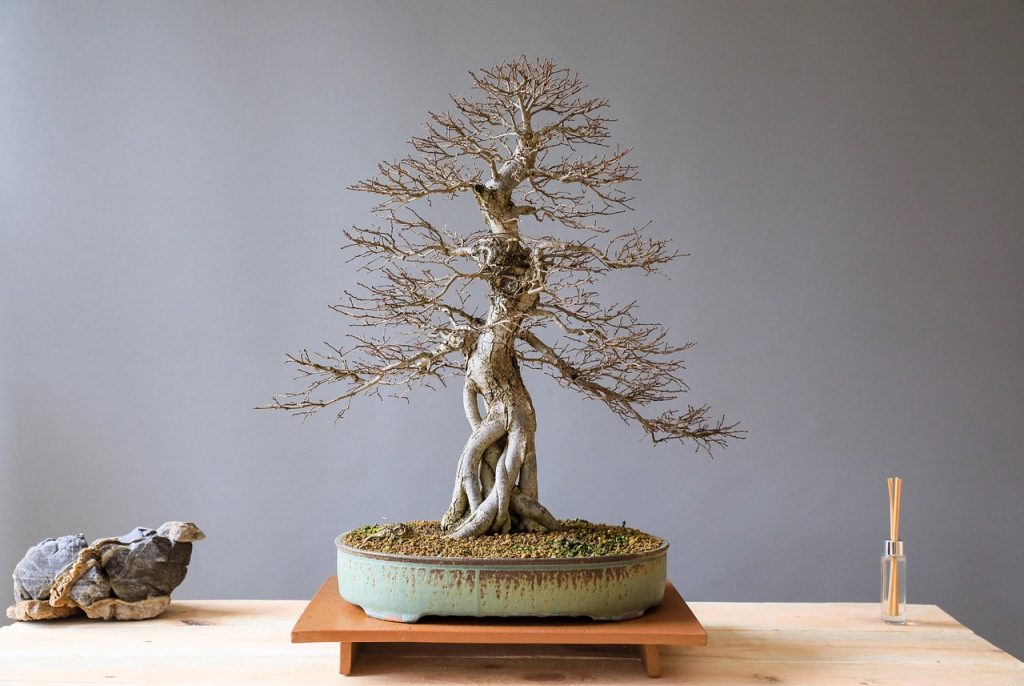Delving into the world of bonsai is like embarking on a journey of patience, creativity, and deep connection with nature. These miniature trees, cultivated meticulously to resemble their larger counterparts, carry a piece of art in every twist and branch. Bonsai, a practice that originated in China over a thousand years ago and later refined by the Japanese, offers a unique gardening experience that combines horticulture and artistic skill. Whether you are a novice gardener or an experienced plant enthusiast, growing bonsai can be both a challenging and rewarding endeavor.

The Fascinating History and Origins of Bonsai
Bonsai, which translates to “planted in a container” in Japanese, has its roots in the ancient Chinese art of penjing. This practice involved creating miniature landscapes and trees in pots. The art form was later introduced to Japan, where it evolved into what we recognize today as bonsai. The Japanese honed the techniques, focusing on simplicity, harmony, and the natural beauty of the trees. Bonsai became a symbol of prestige and was often associated with Zen Buddhism, reflecting the themes of balance, tranquility, and the impermanence of nature.
Types and Varieties of Bonsai
Bonsai trees can be created from almost any woody-stemmed tree or shrub species. However, some varieties are more popular due to their ease of care and aesthetic appeal. Here are a few commonly cultivated bonsai species:
- Juniper Bonsai: Known for its rugged appearance and adaptability, juniper is a favorite among beginners. Its needle-like foliage and flexible branches make it ideal for shaping.
- Ficus Bonsai: With its glossy leaves and aerial roots, ficus is a versatile choice that thrives indoors.
- Maple Bonsai: Recognized for their stunning foliage, maples provide a vibrant display of color, especially in autumn.
- Cherry Blossom Bonsai: Celebrated for their delicate flowers, cherry blossom bonsai bring a touch of elegance and beauty.
Essential Growing Conditions for Bonsai
Light Requirements
Bonsai trees generally require ample natural light to thrive. Most species prefer bright, indirect sunlight, but specific needs can vary. For instance, juniper bonsai enjoy full sun exposure, while tropical species like ficus may require partial shade. It’s essential to place your bonsai in a location that mimics its natural habitat to promote healthy growth.
Soil and Watering
The right soil mix is crucial for bonsai health. A well-draining soil blend that retains moisture without becoming waterlogged is ideal. A typical bonsai soil mix might include a combination of akadama, pumice, and lava rock. When it comes to watering, bonsai trees require consistent moisture but should never sit in standing water. Check the soil’s top layer regularly and water when it feels dry to the touch.
Temperature and Humidity
Temperature and humidity levels should align with the species’ native environment. Tropical bonsai prefer warm, humid conditions, whereas temperate species might require a cold dormancy period. Maintaining the right temperature and humidity is essential for the tree’s health and seasonal development.

Planting and Propagation Techniques
Plant Methods
Planting bonsai involves careful selection of the container and the substrate. Choose a pot with adequate drainage holes and a size proportional to the tree. The tree should be secured in the pot using wire to ensure stability. Proper planting helps establish a strong root system, which is vital for the tree’s overall health and longevity.
Propagation Techniques
Bonsai can be propagated through various methods, including seeds, cuttings, and layering. Each method has its advantages:
- Seeds: Growing bonsai from seeds allows for complete control over shaping from a young age, though it requires patience.
- Cuttings: Propagation through cuttings is faster and ensures the new plant retains the parent’s characteristics.
- Layering: This technique encourages new roots to form on a branch while it is still attached to the parent plant, allowing for the creation of a new bonsai.
Seasonal Care and Maintenance
Spring and Summer
During the growing season, bonsai require regular attention. Fertilization is crucial to support vigorous growth. Use a balanced, organic fertilizer every two weeks. Pruning is also necessary to maintain the desired shape and encourage branch development. Pinching new shoots helps control growth and enhance the tree’s structure.
Autumn and Winter
As temperatures drop, prepare your bonsai for dormancy. Reduce watering and cease fertilization to mimic natural seasonal changes. Protect temperate bonsai from frost by moving them indoors or using protective covers. Tropical species may require additional humidity and warmth during the winter months.
Common Problems and Their Solutions
Bonsai, like any plant, can be susceptible to pests and diseases. Common issues include:
- Pests: Aphids, spider mites, and scale insects can affect bonsai. Regular inspection and natural treatments like neem oil can help manage infestations.
- Diseases: Root rot and fungal infections can occur if the soil remains too wet. Ensure proper drainage and adjust watering practices to prevent these issues.
Practical Uses and Benefits of Bonsai
Beyond their aesthetic appeal, bonsai offer several practical benefits. Caring for bonsai can be a meditative practice, reducing stress and promoting mindfulness. Bonsai trees also serve as unique decor, adding a touch of nature and tranquility to any space. Furthermore, bonsai reflects the principles of patience and dedication, making it a rewarding hobby that connects one with nature.
FAQs about Bonsai
Watering frequency depends on the species and environmental conditions. Generally, water your bonsai when the soil’s top layer feels dry.
While some bonsai species can thrive indoors, others require outdoor conditions to flourish. It’s essential to research species-specific needs.
Pruning involves removing unwanted branches and leaves to maintain the desired shape. Use clean, sharp scissors and focus on enhancing the tree’s natural form.
A well-draining mix of akadama, pumice, and lava rock is commonly used. Adjust the ratio based on your specific bonsai species and local climate.